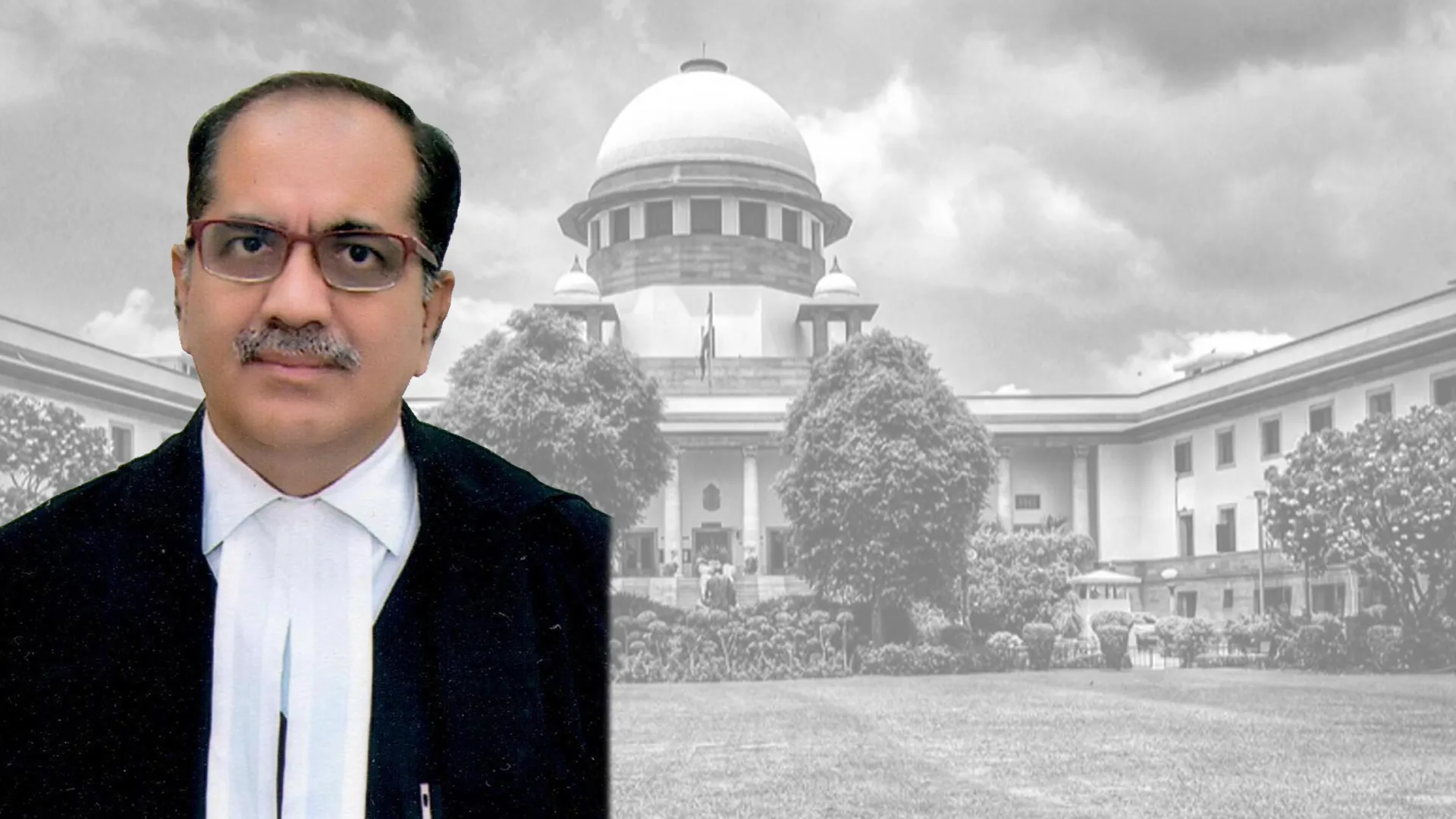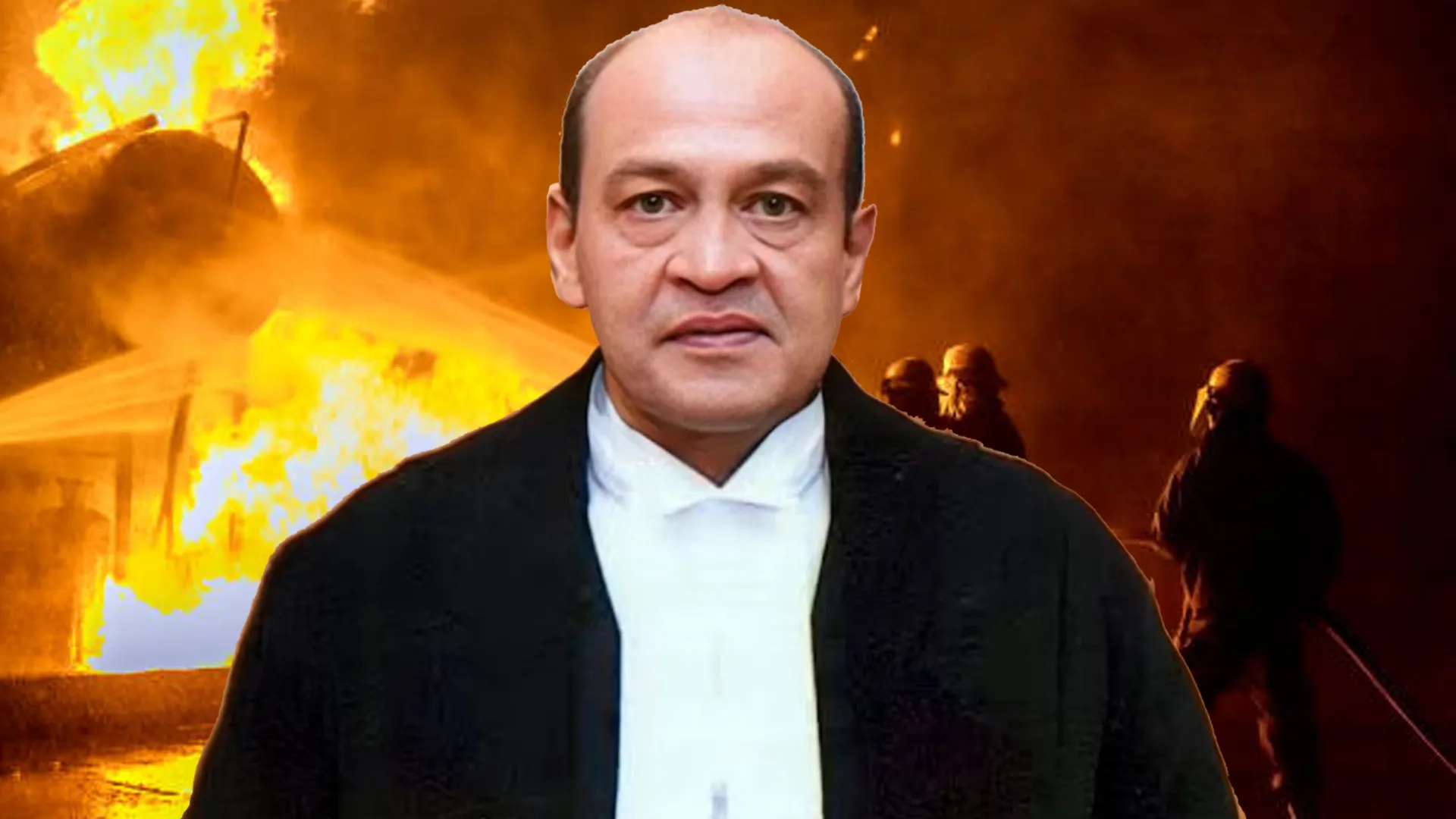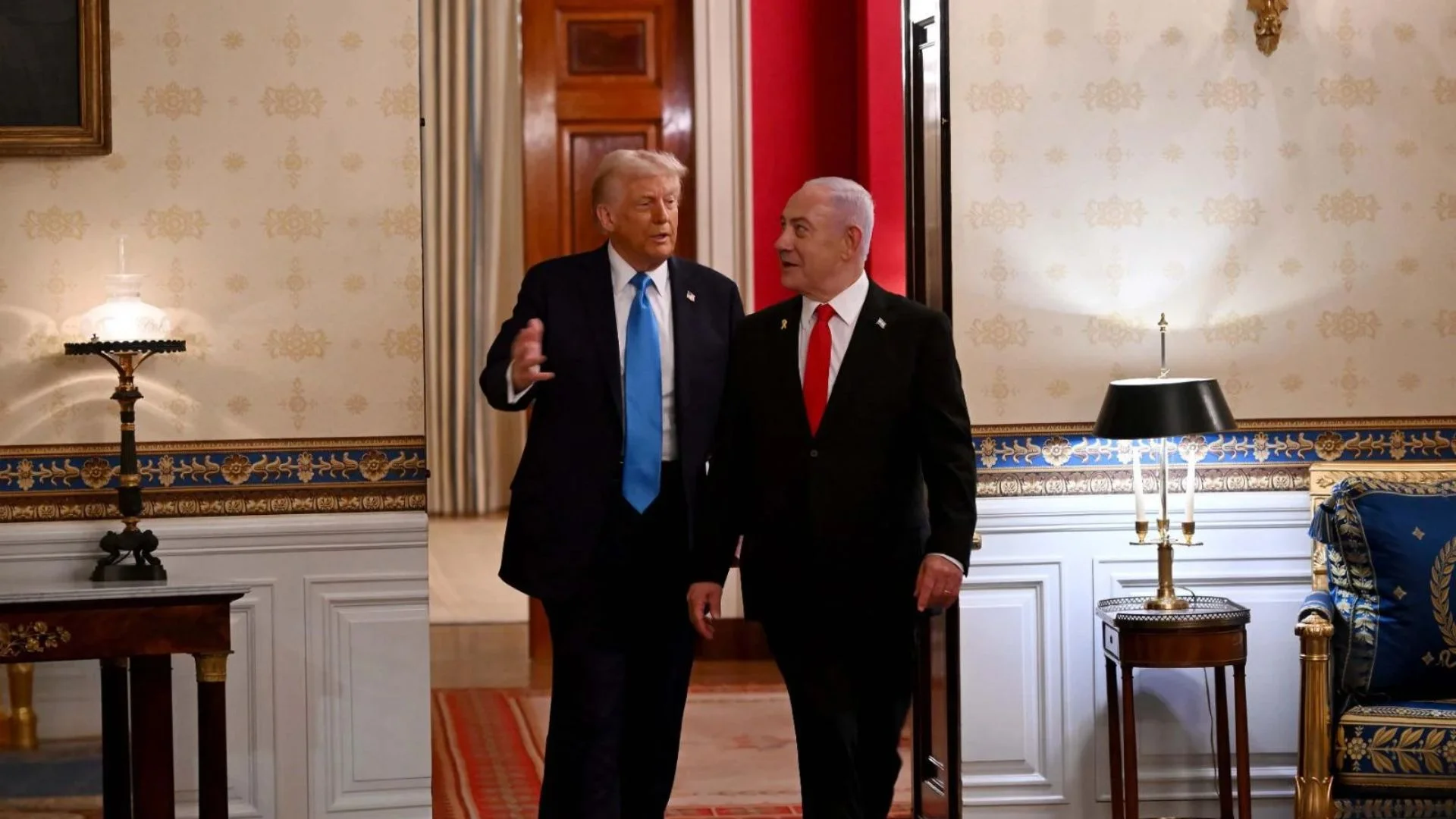Third-party funding is a recent but rapidly evolving phenomenon in international commercial arbitration, which has engendered intense deliberation amongst legal scholars and practitioners. With the changing landscape of commercial dispute resolution around the globe, and anticipated proliferation of international commercial arbitration, third party funding is bound to gain significant traction in several jurisdictions.
The legitimised adoption and regulation of third-party funding in international commercial arbitrations is more relevant than ever, given the vulnerable state of businesses in the tottering global economy caused by the Covid-19 outbreak. This article explains the process of third-party funding on non-recourse basis in international commercial arbitration and discuss its utility for business parties in realising contractual claims effectively.
What is ThirdParty Funding? Third-party funding is a financing method where a third party to a dispute (the “funder”) agrees to finance the expenses arising out of a legal adjudicatory process for one of the parties (the “client”). Normally, the remuneration of the third-party funder for its non-recourse financing is contingent upon the client succeeding and carved out of the resulting proceeds received from the respondent.
In simple terms, third-party funding (“TPF”) is defined, for the purpose of this article, as a mechanism whereby an investor will fund all or a portion of the costs of a claim (including solicitor’s fees and disbursements) in return for a share of the damages recovered at the end of the case. If the claim is lost, there is nothing to pay to the funder.
TPF and Access to Justice International commercial arbitration has become an increasingly expensive process with escalating attorney and institutional administrative costs. Unlike litigation, provided as a public service by states, arbitration by its nature is self-funded by the parties. In such a scenario, TPF can provide access to justice for impecunious parties in meritorious arbitration proceedings. For others, it also offers a way to externalise risk and maintain liquidity for financially stable parties.
Legality of TPF Almost a decade ago, the English and Australian courts had recognised the legitimacy of TPF agreements. Similarly, Hong Kong and Singapore have passed laws to legalise and regulate TPF. In India, it is interesting to note that the concept of TPF is statutorily recognised in Order XXV Rule 1 of the Code of Civil Procedure, 1908 in some state amendments.
The rule provides that the courts have the power to secure costs for litigation by asking the financier to become a party and depositing the costs in court. Further, this issue has, somewhat, been addressed by the Supreme Court in the matter of G, A Senior Advocate [(1955) 1 SCR 490] and Bar Council of India v. A.K. Balaji [2019 SCC Online SC 214; Para 35] where the court observed that there appears to be no restriction on third-party funding of the litigation in India and the funder getting repaid depending on outcome of litigation.
International disputes, Covid-19 and opportunities ahead During the Covid-induced lockdowns, courts around the world are closed or dealing with urgent matters only, the delay in adjudication and justice delivery is likely to be greater than ever, especially where judgements or awards need to be enforced across national borders. Arbitration is proving robust and will naturally welcome an increase of cases given its inherent flexibility and other benefits.
Further, the difficulties encountered in the ongoing contracts and projects during the crisis period as well as the reconsideration of the previous trade relationships will most probably trigger a slew of new international disputes. From the claimant’s point of view, TPF provides formidable advantage of moving legal proceedings off its balance sheet and mitigating their impact on cash flow. Process of TPF: Defining the scope of the activity Funders are composed of experienced litigation and finance teams and have a structured decision-making process to determine whether to dedicate resources to a case or not.
Naturally, owing to their business model, third-party funders do not foster the filing of frivolous claims and will mostly back the strongest cases since they put their own money (or their investors’) at risk. This is the reason why TPF is also instrumental to filter out the weakest cases and a tool to ease access to justice for the most meritorious ones. Due to the private and, almost always, confidential character of international arbitration proceedings, external capital providers do not have access to information of the cases financed.
Further to signing a strict confidentiality agreement, funders assess cases on the merits, consider evidence and possible counterclaims, jurisdiction and time barring, before assessing a realistic quantum, and the realistic chances of a quick recovery (via settlement, spontaneous payment of the award or enforcement plan) against the estimated required budget.
The funder’s decision to finance a case Finding cases Funders accompany the funded party through all developments up to the payment of the proceeds, but also to finance its own internal costs. Before putting capital at risk on a non-recourse basis, a funder seeks to be convinced that a case has excellent chances of success, that the damages sought will be sufficient to achieve the targeted remuneration, and that the award will be paid voluntarily or is recoverable through enforcement proceedings.
Determining the terms of the budget plan Funders will define the budget required (i.e. their investment in the case) relying on a budget plan provided by the funded party’s external legal advisors and any expert assessment, and adopt a cautious and conservative approach. Funders often base the budget to allocate on capped figures committed by the different stakeholders, particularly counsels and experts, as well as costs charged by arbitral institutions including arbitrators’ fees.
Conducting the due diligence and negotiating the terms of the Funding Agreement After a first level filtering out, the detailed and extensive due diligence phase conducted, for example, by Profile Investment (PI) and performed by in-house experts, in accordance with anti-money laundering and terrorist financing regulations, usually takes under six weeks and includes:
A comprehensive counseldriven case assessment on jurisdiction and legal merits with full disclosure of facts and behaviours including relevant documentation and how a respondent may be anticipated to behave in the proceedings;
A thorough analysis of the different heads of claim to assess their provable strength and substance, of the reliability of the documented evidence and availability of experts and witnesses; A conservative valuation of the damages to be compensated and of the amounts likely to be recovered;
An examination of any ethical considerations that may have arisen in the context of the contract origin and execution, regarding the background of the dispute or the ultimate beneficiaries of any award to be rendered. Anticipated enforcement strategies if the debtor does not voluntarily pay the awarded amount, an assessment of the respondent’s midterm solvency, its payment history and where its assets may be located at the time of the award;
An assessment of the experience and qualification of the funded party’s counsels and appointed experts; and A determination of budget heads and of a global budget plan proportionate to the realistic underlying claim amount, ideally at a 1:8 ratio. From our experience while this process may seem tedious theoretically but if the party’s counsel is well researched and through with the documents and brief, interaction with the funder’s team will be seamless and fast.
Value addition for claimants Adding a third party to the proceedings may change the dynamics of the case and how it may be conducted. However, typically a hands-off approach is adopted by funders with an overarching supervision and collaboration with the approved choice of the funded party’s counsel to implement the best strategy. It is, however, reasonable for a lawyer to report to the funder on a regular basis and be open to suggestions and contributions from them. Fortunately, eminent funders pay extreme attention to regulation and providing state-of-the-art funding options governed by well-drafted contracts.
For example, PI has chosen to be regulated under the stringent frame of the European regulation of the financial sector as applied in Luxembourg. When a funder’s criteria are satisfied, it negotiates the terms of a Litigation Funding Agreement (“LFA”) laying out the conditions for funding and the terms of the collaboration and defining what constitutes a successful outcome. The LFA is generally tripartite and will always reflect the risks taken considering the specific characteristics of each case, the relationship between the funder, the funded party and its counsels, making clear that the funder remains a third-party to the claim and providing for all parties’ respective duties and obligations.
Notably, increasingly funders like PI are adopting “merits driven” rather than “risk driven” approach i.e they invest in cases which they consider extremely strong on the merits, quantum and recovery, and seek to be remunerated mostly on the basis of a multiple of their investment modulated with the time variable. Funders’ focus on India and Asia In the arbitration arena, the rise of institutions like SIAC, HKIAC, CIETAC, KCAB, and many others in Asia went along with the creation by large institutions of local autonomous structures (ICC, PCA, LCIA have opened offices and administer the proceedings locally).
Countries themselves are competing to be considered as dispute resolution friendly and offer improving comfort, infrastructure, reliability and predictability to host such proceedings. Focusing on India, similar structural evolution has taken place for the last 10 years with various amendments in the arbitration act, the shift towards a more arbitration friendly judicial system and the creation of institutions aiming at international standard and visibility like MCIA and DIAC. Singapore appears now to be the favourite arbitration seat for the Indian companies as it is close to India, with a number of Indian practitioners either working or travelling there.
Concentration of lawyers ensure available expertise in all legal frameworks of the region and of the main countries. For this reason, TPFs like PI, with a foot in Singapore and in India, will be particularly keen in backing up meritorious cases from Indian claimants seated in Singapore (and also in similarly reliable jurisdictions like Hong Kong, Paris and London etc) against respondents from elsewhere in the world. As the world gears up to rise from the shackles of a standstill economy caused by the pandemic, businesses are in survival mode, eager to recalibrate business and focus on revenue building.
In-house counsels should consider TPF to accelerate recovery and drive revenue through dispute resolution. We sanguinely believe that TPF may provide a potent method for parties to pursue meritorious claims that may otherwise be considered too costly, in a time effective manner and provide leverage to focus on their core business projects.
The authors of the article are: Adv. Sameer Jain, founder & managing partner, PSL Advocates & Solicitors and Alain Grec, Director & Head of Quantum Analysis at Profile Investment, Paris























